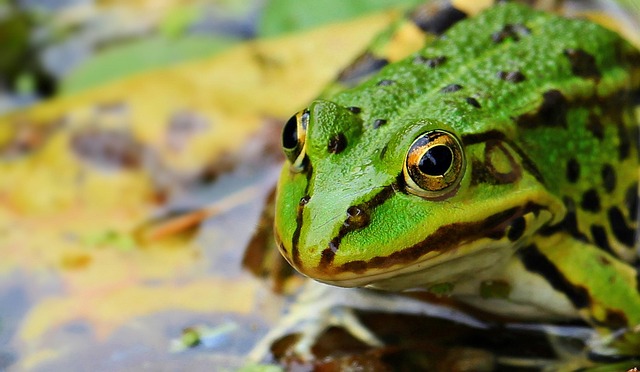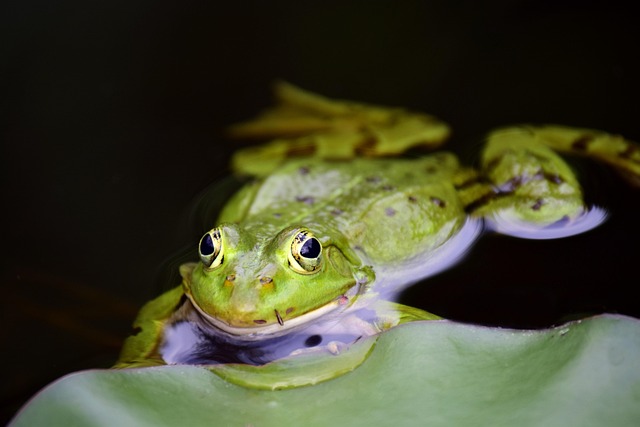
Exploring the Rich Biodiversity of Amphibian Habitats
Exploring the Rich Biodiversity of Amphibian Habitats
Amphibian habitats are some of the most fascinating ecosystems on our planet. They serve as a vital sanctuary for a diverse range of species, including frogs, toads, newts, and salamanders. These remarkable creatures are not just fascinating to observe; they play crucial roles in our environment, acting as both predators and prey in the intricate web of life.
The Importance of Amphibian Habitats
Amphibian habitats can often be found in a variety of environments, including forests, swamps, lakes, and rivers. These habitats provide the essential conditions that facilitate the life cycles of amphibians. Moisture is a key factor, as amphibians depend on water not just for reproduction but also for their skin’s health. The intricate balance of temperature, humidity, and light in these regions makes them perfect breeding grounds for a rich tapestry of life.
Diversity Within Diversity
The sheer variety of amphibian species adds to the richness of their habitats. From the vibrant colors of poison dart frogs to the drab but adorable common toad, each species has adapted uniquely to its environment. Many amphibians possess skin that can absorb toxins or camouflage them from predators, showcasing nature’s creativity in survival. Every time we take a moment to observe these animals, we are reminded of the magic of evolution and the wonders of biodiversity.
The Fragility of Amphibian Habitats
Despite their resilience, amphibian habitats are under severe threat from human activities, climate change, and pollution. Deforestation, urban development, and the widespread use of pesticides have contributed significantly to the decline of amphibian populations. As stewards of the earth, we have a responsibility to protect these valuable habitats. Each amphibian species that disappears signals a loss of biodiversity that can have unforeseen consequences on ecosystems as a whole.
Experiencing Life in Amphibian Habitats
Exploring these habitats can be an enriching experience, both for the soul and for our understanding of nature. A walk through a wetland area at dusk can offer the enchanting sounds of frogs calling to one another, creating a symphony of nature that resonates deeply with those fortunate enough to witness it. Observing the life cycle of amphibians, from egg to tadpole to adult, can spark a sense of wonder and appreciation for the intricate processes that sustain life on Earth.
For the nature lover, venturing into an amphibian habitat can lead to unexpected discoveries. There are hidden wonders at every turn—tranquil ponds reflecting the hues of the sunset, lush vegetation teeming with life, and the gentle rustle of creatures moving about. These experiences remind us of our place in the natural world and the interconnectedness of all living beings.
Protecting Amphibian Habitats
Supporting conservation efforts, participating in local clean-ups, and spreading awareness about the importance of preserving amphibian habitats can make a significant impact. Every small action counts towards the larger goal of safeguarding these critical ecosystems. By fostering a connection to our natural surroundings, we can inspire a new generation to value and protect the enchanting world of amphibians and their habitats.
As we continue to explore the rich biodiversity of amphibian habitats, let us cherish the opportunities we have to engage with nature and advocate for the protection of these vital ecosystems for future generations.



